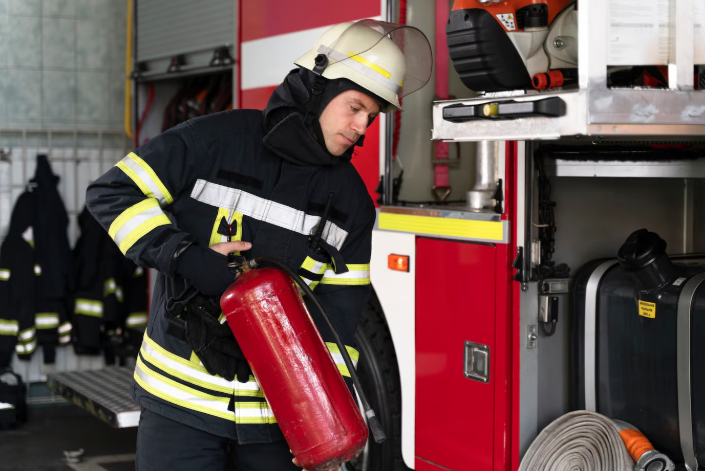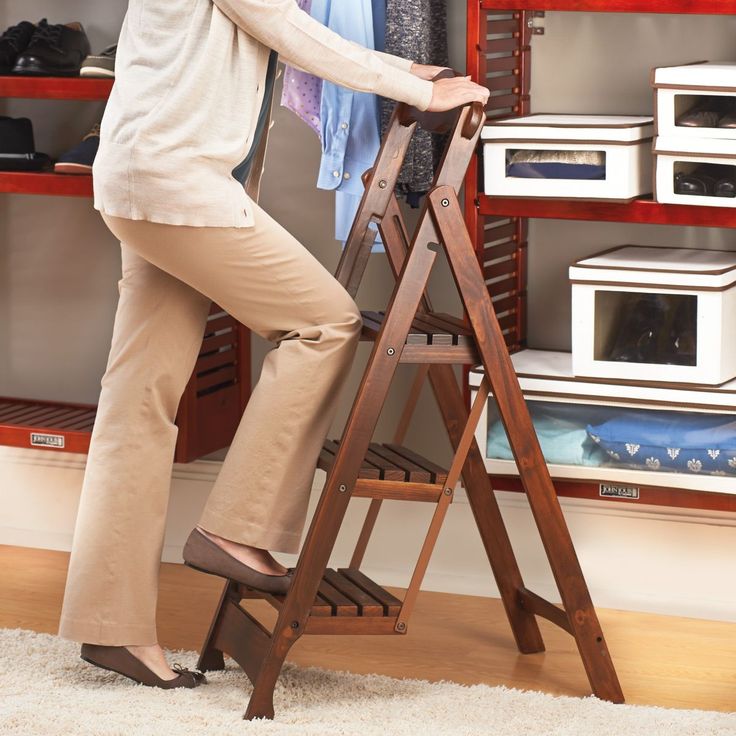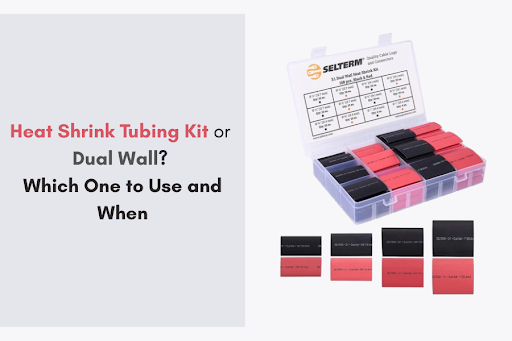Fire suppression systems are designed to detect, suppress, and extinguish fire conditions rapidly before they escalate to disaster. Fire suppression systems are crucial to save lives, protect property, and safeguard critical infrastructures of businesses and industrial settings. In this article, we have discussed some common types of fire suppression systems.
Water-Based
The water-based fire suppression agent is a basic type of fire suppression. The most well-known example of a water-based system is an automatic sprinkler system that is installed in office buildings, shopping malls, schools, homes, etc. These systems are most effective on Class A fires involving ordinary combustibles like wood, paper, or cloth.
When a fire is detected, sprinkler heads activate and release water directly to cool down the flames. In this way, there are fewer chances of flames spreading. They are not suitable around sensitive electronics where water can cause further damage.
Clean Agent
Clean agent fire suppression systems use gaseous chemicals that are non-toxic. It works by interrupting the chemical reactions of fire or absorbing heat from the fire source.
These systems are great for protecting important equipment and data within server rooms, data centers, control rooms, and museums. Clean agent systems extinguish fires within seconds. As they leave no residue or cleanup, they can protect sensitive electronics or irreplaceable items.
Dry chemicals
Dry chemical fire suppression systems utilize powdered chemicals to control fires. These systems can effectively control fires of multiple classes, including combustibles (Class A), flammable liquids (Class B), and electrical fires (Class C). For example, a small dry chemical fire suppression system is beneficial in compact industrial facilities, workshops, mobile equipment, etc, where space is limited. The powder extinguishes the fire by interrupting the chemical chain reaction.
Wet chemical
Wet chemical suppression systems have been developed for Class K fires, which occur in commercial kitchens that involve cooking oils and fats. Water can cause the fire to flare up. Wet chemical systems emulsify into the cooking oil and form a foam blanket covering the burning oil and cooling surface area to prevent re-ignition.
Carbon Dioxide
Carbon dioxide fire suppression systems utilize CO2 gas to rapidly displace oxygen in the protected area, which in turn suffocates the fire. CO2 is also non-conductive and leaves no residue, making it an excellent choice for protecting electrical equipment and machinery.
There are many uses for CO2 systems. These fire suppression systems are most commonly used for industrial applications, engine rooms, electrical control rooms, and marine applications. For this reason, CO2 fire suppression systems are used in unoccupied spaces or spaces with limited access and strict safety protocols.
Conclusion
Fire suppression systems come in various types to address different fire hazards. Water-based systems are appropriate for general use, while clean agents are better for sensitive environments. Dry and wet chemical systems protect against industrial and kitchen fires. CO2 systems are effective and clean. Understanding these differences and how each system operates assists you in making the best choice for your situation.



